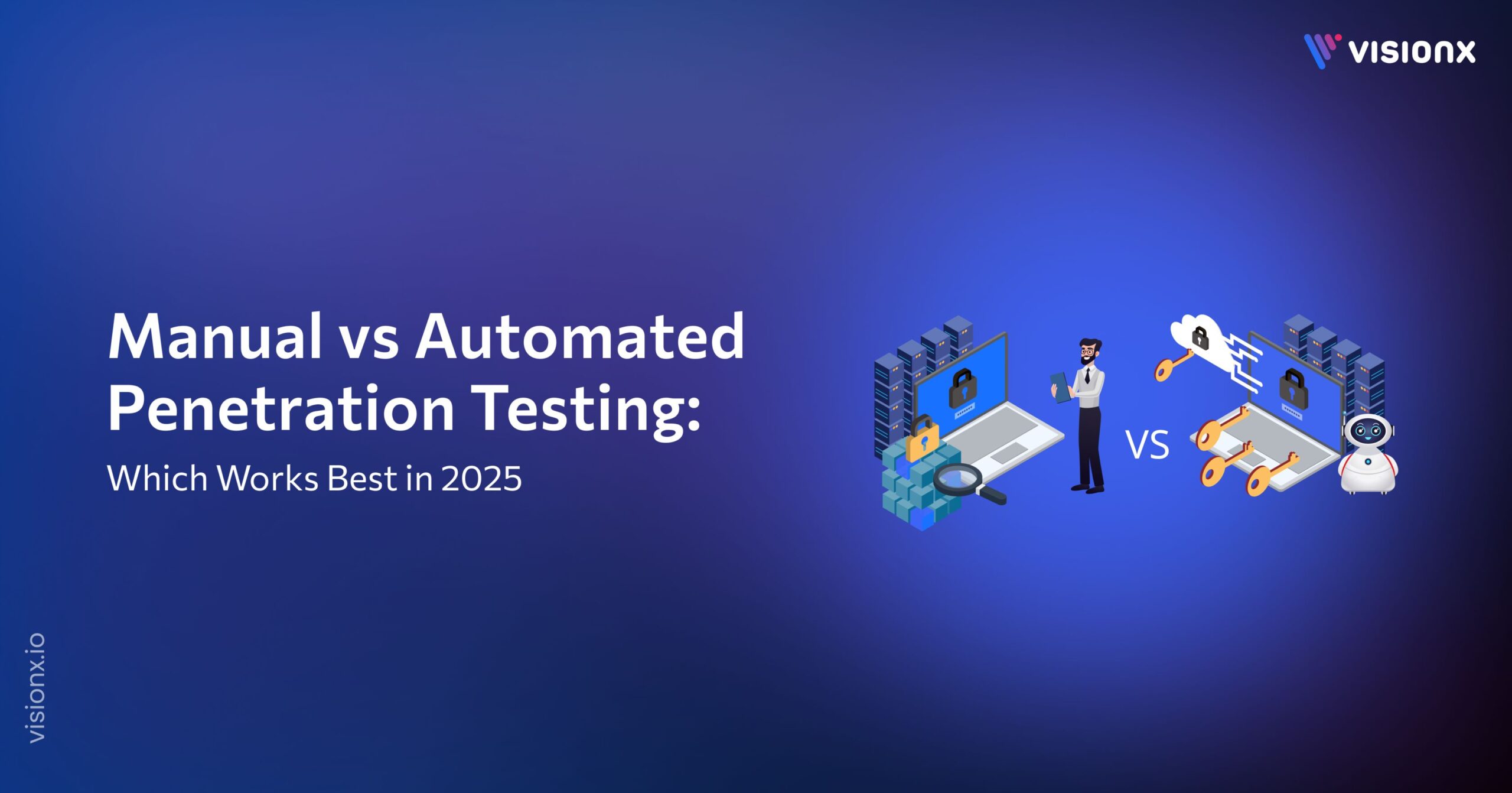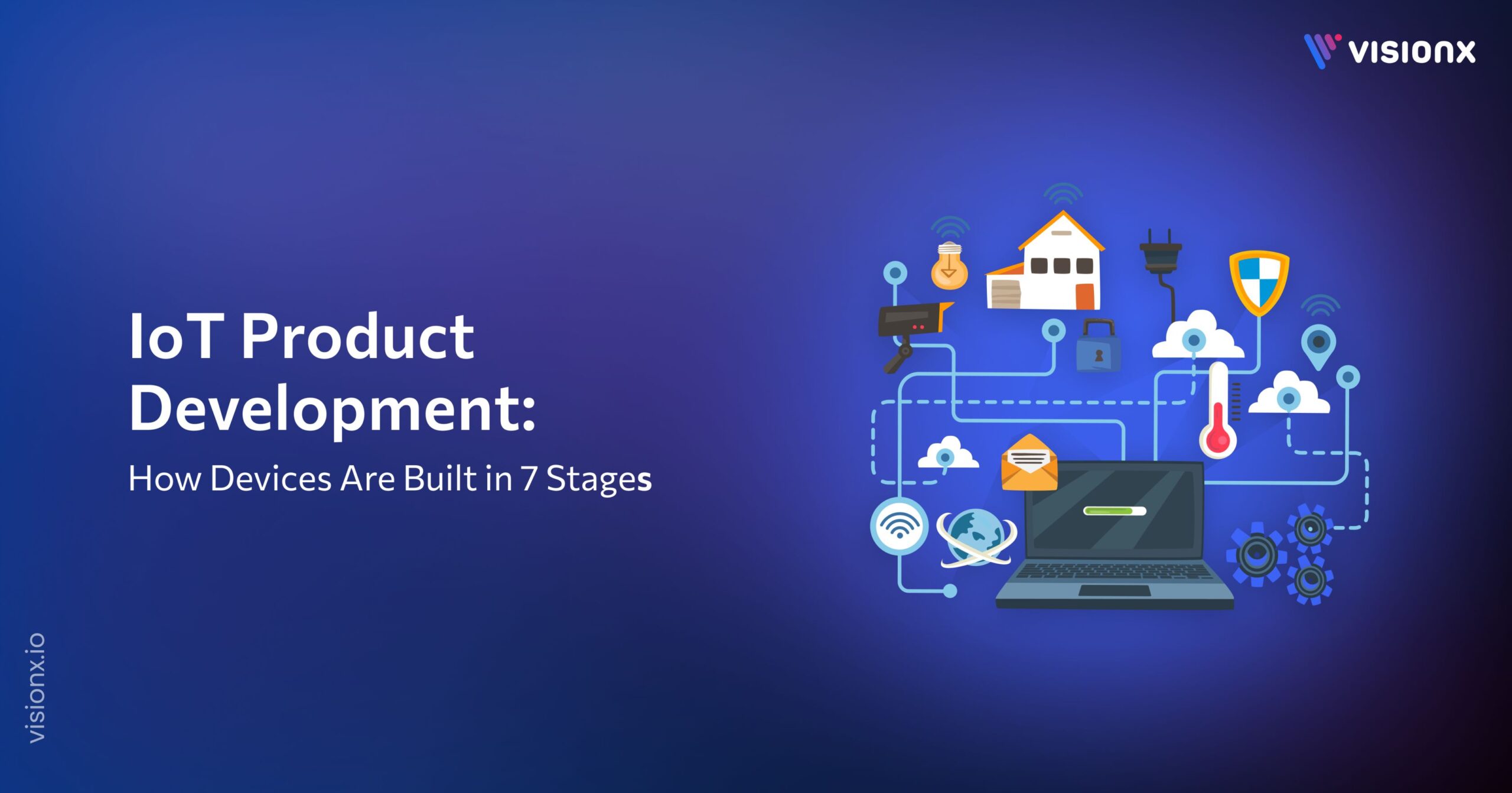The world we live in today generates an astronomical amount of data every second. This vast sea of information holds immense potential for businesses and organizations, from social media posts and online transactions to sensor readings and machine-generated logs. However, harnessing this data and extracting valuable insights requires the right tools and technologies. This is where Big Data Technologies comes into play.
This article will explore what big data technologies are, delve into big data history, and examine its various components.
What are Big Data Technologies?
Big data technologies refer to the tools, techniques, and infrastructures used to capture, store, process, and analyze large and complex datasets that are beyond the capabilities of traditional data processing systems.
The 3 Vs Of Big Data
“Big Data” refers to datasets characterized by the three Vs: volume, velocity, and variety.
1. Volume:
Big data sets are massive, ranging from terabytes to petabytes or even exabytes. Traditional databases and storage systems need help to handle such vast amounts of data efficiently.
2. Velocity:
Big data is generated at an unprecedented speed, continuously streaming in from various sources such as social media, sensors, and online transactions. Real-time data processing and analysis capability are of utmost importance.
3. Variety:
Big data is diverse and includes structured, semi-structured, and unstructured data. It encompasses a wide range of data types, including text, images, videos, audio, and other forms of data that pose challenges for traditional relational databases due to their lack of neat fit.
To tackle these challenges, big data technologies provide scalable, distributed, and parallel processing architectures and algorithms that enable organizations to extract valuable insights from their data.
History of Big Data
The history of Big Data can be traced back to the early 2000s when internet companies and scientific researchers started encountering difficulties in managing and analyzing the massive amounts of data they were generating. The term “Big Data” surged in popularity around 2005, aligning with the emergence of social media platforms and the exponential growth of user-generated content.
A pivotal moment in the history of Big Data occurred in 2006 with the emergence of Apache Hadoop. Hadoop, an open-source framework, introduced the concept of distributed computing and the Hadoop Distributed File System (HDFS), which revolutionized how large-scale data could be stored and processed across clusters of commodity hardware.
As the demand for Big Data solutions grew, companies like Google, Yahoo, and Facebook developed their big data technologies to handle their massive data needs.
- Google introduced MapReduce, a programming model for processing large datasets in parallel across distributed systems.
- Yahoo created Hadoop as a part of its open-source initiatives, making it accessible to a broader audience.
- Facebook developed Cassandra, a distributed NoSQL database, to manage their vast user data.
We will talk about these big data technologies in detail in the coming section.
Components of Big Data Technologies
Big data technologies comprise several vital components that work together to enable the efficient processing and analysis of large datasets. These components include storage, processing, integration, and security.
1. Storage:
Storage stands as one of the fundamental components of big data technology. Traditional relational databases often need help to handle the volume and variety of data associated with big data. As a result, various storage technologies have emerged to address these challenges:
2. Processing:
The processing component of big data technology focuses on efficiently handling and analyzing large datasets. It involves distributed computing frameworks, programming models, and algorithms:
3. Integration:
Integrating diverse data sources and tools is crucial to big data technology. It involves collecting data from various sources, transforming it into a unified format, and making it available for analysis.
4. Security:
Big data technology also addresses handling large datasets’ security and privacy concerns.
Top Big Data Technologies
Big data technologies are divided into four categories:
1. Data Storage
When managing and storing large volumes of data, several technologies have emerged as the go-to solutions in the field of big data. Among the highly utilized big data technologies for data storage are:
Apache Hadoop:
Apache Hadoop is an open-source framework that revolutionized big data storage. It incorporates the concept of distributed file system, which allows for scalable storage and processing across clusters of commodity hardware. Hadoop provides fault tolerance and high throughput, making it suitable for handling vast data.
MongoDB:
MongoDB is a popular NoSQL database that excels in handling unstructured and semi-structured data. It offers high performance, scalability, and flexibility, making it ideal for real-time applications and use cases that require dynamic schema changes. MongoDB’s document-based model allows for easy storage and retrieval of complex data structures.
Cassandra:
Cassandra is a distributed NoSQL database known for its scalability and fault tolerance. It is designed to tackle large amounts of data across multiple nodes, ensuring high availability and performance. Cassandra’s decentralized architecture and support for linear scalability make it well-suited for managing time-series data, real-time applications, and high-traffic websites.
2. Data Mining
Data mining technologies are crucial in extracting meaningful insights and patterns from large datasets. Among the highly utilized big data technologies for data mining are:
RapidMiner:
RapidMiner stands as a robust tool for data mining and machine learning tool that provides a visual interface for designing and executing data analysis workflows. It offers various algorithms and techniques for data preprocessing, classification, regression, clustering, and association rule mining. RapidMiner’s user-friendly interface makes it accessible to data scientists and non-technical users.
Presto:
Presto is an open-source distributed SQL query engine designed for fast and interactive analytics. It supports querying large datasets stored in various data sources, including Hadoop, relational databases, and cloud storage. Presto’s ability to handle ad-hoc queries and its compatibility with standard SQL syntax makes it a popular choice for interactive data analysis.
ElasticSearch:
ElasticSearch is a powerful distributed search and analytics engine. It excels in indexing and searching huge structured and unstructured data in real-time. ElasticSearch’s robust full-text search capabilities, scalability, and near-real-time analytics make it an excellent choice for applications that require fast and efficient data retrieval and exploration.
3. Data Analytics
Data analytics technologies enable organizations to derive valuable insights from data, empowering them to make informed and intelligent business decisions. Among the highly utilized big data technologies for data Analytics are:
Apache Spark:
Apache Spark serves as a powerful data analytics engine. It provides a unified platform for batch processing, real-time streaming, machine learning, and graph analytics. Spark’s in-memory processing capabilities and extensive library ecosystem make it versatile for various data analytics tasks.
Splunk:
Splunk is widely recognized as a leading platform for real-time operational intelligence and efficient log management. It allows organizations to collect, index, and analyze machine-generated data from various sources. Splunk’s powerful search capabilities, visualizations, and machine learning features enable efficient data exploration, troubleshooting, and security monitoring.
KNIME:
KNIME is an open-source data analytics platform that offers a visual workflow environment for building data pipelines and executing data analysis tasks. It provides many tools and algorithms for data preprocessing, modeling, and visualization. KNIME’s modular and extensible architecture makes it suitable for both beginners and experienced data analysts.
4. Data Visualization
Visualizing technologies help transform complex data into meaningful and actionable insights through visually engaging representations. Among the highly utilized big data technologies for data visualization are:
Tableau:
Tableau, a market-leading data visualization tool, empowers users to create interactive and visually captivating dashboards, charts, and reports. With support for various data sources and intuitive drag-and-drop functionality, Tableau enables seamless exploration and comprehensive understanding of data through its interactive visualizations.
Looker:
Looker is a modern data platform that combines data exploration, visualization, and collaboration capabilities. It offers a web-based interface for creating and sharing interactive dashboards and reports. Looker’s robust modeling layer and data governance features make it a popular choice for data-driven organizations.
Plotly:
As an open-source data visualization library, Plotly provides a wide array of interactive and customizable charts, graphs, and maps. It empowers users to create visually appealing and dynamic visualizations, allowing for effective representation and exploration of data.
Conclusion
This article has explored many big data technologies, such as Apache Hadoop, Apache Spark, MongoDB, Cassandra, Plotly, etc. Big data technology offers a diverse range of tools that cater to different aspects of managing, processing, analyzing, and visualizing large datasets. Organizations have many options based on their specific needs and requirements. By harnessing the power of these cutting-edge big data technologies, businesses can unleash the full potential of their data, extracting valuable insights that drive innovation, enhance efficiency, and provide a competitive edge in the market.


